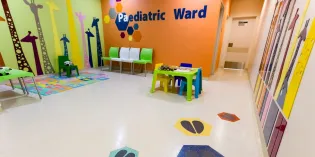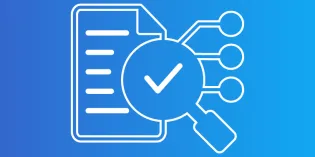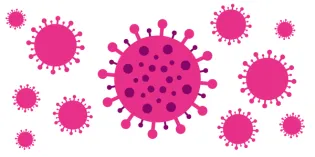Background/context
Every child deserves a childhood.
A future. A fair chance.
And a liveable planet.
Climate change is widespread and rapid; the impact is evident, and we are witnessing it. A UNICEF report describes climate crisis as a child rights crisis and the greatest threat facing the world’s children and young people. Children are more vulnerable to environmental shocks, hazards and stresses compared to adult population; almost every child on earth (>99th) is exposed to at least one of these factors.
Climate change is a reality and the time for action to mitigate its effects is now. In taking action, we as a college want to base our efforts and those of our members upon the best available evidence, and to focus on the effects both direct and indirect on infants, children and young people (ICYP). There is already a very large body of research, extending across an extremely wide range of subject matter and topics. Part of our task is to identify what is relevant to the population of children and young people and to ourselves as paediatricians in terms of both generic effects of climate change and more specifically the direct and indirect effects of this on ICYP health and wellbeing.
This credible knowledge base forms the backbone of the policies and arguments for action that we will develop in supporting members and advocating for the future health and wellbeing of infants, children and young people.
Where are we now
Nearly 90% of the global burden of disease associated with climate change is borne by children under five. As well as the direct consequences of climate change on children, it is also known to indirectly increase health risks to children as a result of multifactorial influences e.g., ecosystem disruption, changing vector patterns, air pollution and aeroallergens. In addition to the known impacts of climate change on physical health, climate change can also impact mental health and have long term behavioural effects. Recent research has suggested that extreme weather events and disruption of socioeconomic factors increase young people’s susceptibility to mental health illnesses. There are also preliminary studies looking at the impact of climate change on pregnant mothers, unborn foetus and risk of preterm delivery.
Why it is important we take action
We are already feeling the direct impacts of climate change in the form of relentless heat waves, incessant wildfires and unpredictable floods. Most health risks related to environment are preventable. Children from across the globe have raised their voices and it is time these are listened to. It is imperative that the change is widespread and at every level, including governments, businesses, small and large organisations and at individual levels. Various mitigation and adaptation measures will need to be implemented to make a difference.
There is still a large gap in our understanding of impact of climate change on child health. We need modelling studies for predicting future impact, and more longitudinal data for evaluating the influence of corrective actions. While the highest risk from climate change and child vulnerability is present in low income and fragile settings, most studies are done in high income and upper-middle income countries. Research efforts across different regions will be vital to bridge the gaps.
Our aims and areas of focus
Our overall aim is to enable paediatricians to become agents of change, equipped with the right information about the impact of climate change on child health.
Our areas of focus are as follows:
- Gathering the existing evidence base and highlighting research gaps
- Providing platforms to share current research into the impact of climate change on children and young people
- Understanding how young people feel about climate change and what is important to them
- Raising awareness of research into the impact of climate change on children and young people among our members and parents and families
Our actions for 2021/22
We have committed to the following activity in our first year:
- Set up a journal club to identify and review existing relevant research resources, publishing summaries on this website to benefit wider paediatric professionals
- Run educational events (podcasts, webinars) targeted at different audiences to share our research findings and enable both paediatricians and families to become agents of change
- Implement an "Environmental Sustainability projects" abstract section at RCPCH Conference
- Scope our own piece of research work that focuses on the solutions to some of the known impacts of climate change on children and young people’s health
- Work with RCPCH &Us to scope a piece of research with children and young people using quantitative and qualitative research methods to capture their voice, with a view to publication
- Create a network of experts who can offer speak on the impact of climate change on child health at paediatric study days and dedicated workshops
Looking ahead to 2023/24
We hope to go on to do the following in our second and third years:
- Bring together a multidisciplinary group of child health professionals, including children and young people themselves, in a system mapping exercise centred around the impacts of climate change on children and young people’s physical and mental health
- Partner with other professional bodies and academics to develop a research hub dedicated to promoting:
- new published research relating to climate change and child health
- new opportunities for getting involved in relevant research
- Produce a summary report on the impact of climate change on children and young people for use by the paediatric healthcare community
References
- The Climate Crisis is a Child Rights Crisis: Introducing the Children’s Climate Risk Index. New York: United Nations Children’s Fund (UNICEF), 2021
- Helldén, Daniel et al. Climate change and child health: a scoping review and an expanded conceptual framework. The Lancet Planetary Health, Volume 5, Issue 3, e164 - e175
- Burke SEL, Sanson AV, Van Hoorn J. The Psychological Effects of Climate Change on Children. Curr Psychiatry Rep. 2018 Apr 11;20(5):35. doi: 10.1007/s11920-018-0896-9. PMID: 29637319










